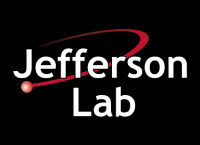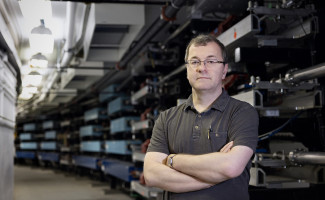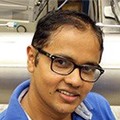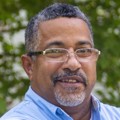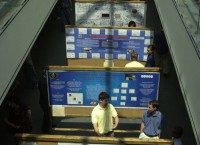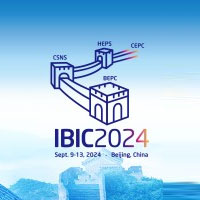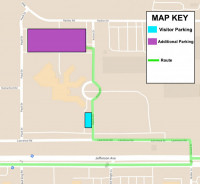New Accelerator Director Follows Technology, Oversees Accelerator Operations
Eduard Pozdeyev has made a career out of responding to the call for his expertise in designing and building equipment when an accelerator facility has required a large-scale equipment upgrade. Now, he is settling into his new, long-term role at the U.S. Department of Energy’s Thomas Jefferson National Accelerator Facility on the other side of the project life-cycle—as the director of accelerator operations for the lab’s Continuous Electron Beam Accelerator Facility (CEBAF).
“I’ve spent the last 14 years working on these projects involving large-scale upgrades at laboratories around the country,” explains Pozdeyev. “When implementing upgrades, there is a finite timespan for the project. Once you’ve built the equipment and operations begin, your role in the project ends.”
He worked as an accelerator physicist with Jefferson Lab’s Center for Advanced Studies of Accelerators (CASA) group before moving on to work on the accelerator and related programs at DOE’s Brookhaven National Laboratory in New York. He then moved to Michigan State University, where he was responsible for developing the design, construction and commissioning of the injector systems for the university’s Facility for Rare Isotope Beams (FRIB).
Most recently, and in pursuit of a number of professional goals, Pozdeyev moved to Jefferson Lab after completing his work as the lead project scientist for the Proton Improvement Plan—Phase II (PIP-II) at Fermilab in Chicago.
“In that role, you are responsible for building part of the machine and must have an expertise in the construction of accelerator hardware,” says Pozdeyev. “It means not only knowing physics, but also how to build, design and construct. You also have to know how these large laboratory projects work; there are rules you have to follow.”
A shift in focus
When it became available, the opportunity to return to Jefferson Lab as the CEBAF director of operations proved tantalizing. CEBAF is an Office of Science user facility that supports the research of more than 1,850 nuclear physicists worldwide.
“I wanted to participate in operations, and I wanted to, specifically, contribute to the success of this CEBAF operational program,” Pozdeyev says. “I wanted to run a live machine while working with a great team and having more responsibility as a part of a specific nuclear science program—instead of being there only for the design and construction of an accelerator.”
Now, Pozdeyev says that he enjoys bringing new technologies to CEBAF operations with projects aimed at improving performance of the machine and providing new opportunities to scientific users.
“I am working with a team of operators, engineers and physicists to provide the beam—our main deliverable,” Pozdeyev explains. “We will be delivering the beam to our users to make sure they can do their experiments. Without the beam, they can’t do their studies.”
Reliable and cutting-edge operations of the accelerator
Pozdeyev will also help to ensure the lab has the most current technologies available to help improve CEBAF whenever necessary.
“New machines are built constantly,” says Pozdeyev. “The estimate for a machine upgrade is about every 20 years and sometimes more frequently for small machines. The reasons for these upgrades are that using the machine age the parts of it, and, also, it’s important to provide new capabilities when capabilities change.”
At the lab, as well as in his limited time away from the lab, Pozdeyev enjoys reading and learning. Outside of the lab, he prefers books related to the history of the 20th century, especially biographies of people involved in high-profile events, such as books about the Manhattan Project team of scientists, Henry Kissinger and Admiral Rickover and the Nuclear Navy.
However, Pozdeyev admits that in his new position, he stays focused on the lab nearly around the clock.
“What do I do when I’m not working?” he laughs. “I work in operations—it never stops! When the accelerator is operating and not in its scheduled maintenance period, then it runs 24/7.
“We have to deliver beams to 1,850-plus users, and that’s an exciting thing,” he continues. “At the lab, we power a significant amount of physics worldwide. We’re enabling a multitude of ground-breaking experiments.”
Pozdeyev says his hope for his new role is continual improvement.
“I hope we will be able to improve the performance of the machine and meet or, ideally, exceed the requirements for each experiment,” he says.
Further Reading
Center for Advanced Studies of Accelerators
Accelerator Science
By Carrie Rogers


